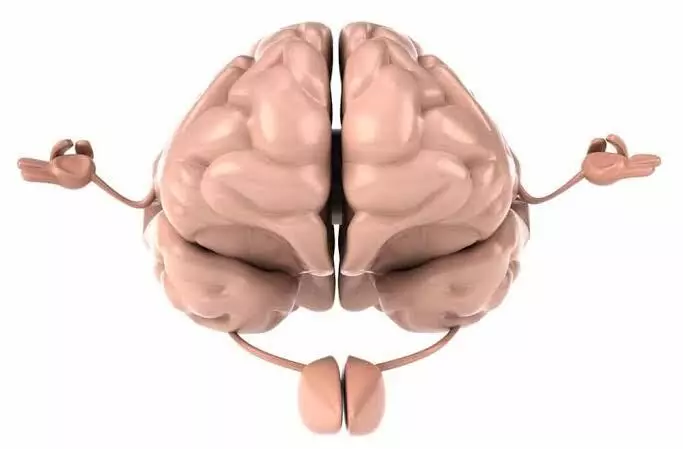What happens to your brain during Yoga: A look at the neuroscience behind the practice
Yoga strengthens this area through repetition of mindful movement and breath awareness
By Anoushka Caroline Williams
Representational Image
Hyderabad: While yoga has long been associated with flexibility, relaxation, and mindfulness, modern neuroscience is uncovering what actually happens in the brain during a yoga session.
Beyond the physical postures, the practice of yoga triggers measurable changes in brain structure and function, influencing cognition, mood regulation, and even long-term neuroplasticity.
On International Day of Yoga, here’s a deeper look into what the science says.
Brainwaves and Breath: The Shift from Beta to Alpha
When a person begins a yoga practice—particularly involving slow breathing and meditation—the brain transitions from high-frequency beta waves (associated with active thinking) to alpha and theta waves, which are linked to relaxation and mental clarity.
Dr. Himanshi Rao, neurophysiologist explains to Newsmeter, “Within minutes of pranayama or mindful movement, we see a visible reduction in cortical arousal. The brain begins to quiet down, allowing slower waves to dominate. This is associated with reduced stress perception and heightened body awareness.”
Activation of the Prefrontal Cortex
The prefrontal cortex—responsible for attention, planning, and emotional regulation—is positively affected by yoga. Studies using fMRI scans have shown increased activation in the prefrontal and anterior cingulate cortices after consistent yoga and meditation practice.
This part of the brain helps regulate reactions to stress and controls impulses. Yoga strengthens this area through repetition of mindful movement and breath awareness.
“When you’re holding a pose and maintaining breath awareness, the brain is in a state of focused control. It trains executive function much like problem-solving or learning a new skill,” says Dr. Pranathi Ganesh, a cognitive neuroscientist.
Amygdala: Calming the Brain’s Alarm System
The amygdala, which plays a role in fear and emotional responses, shows reduced reactivity in people who practice yoga regularly. This helps explain why practitioners often report feeling less reactive or anxious over time.
Yoga stimulates the parasympathetic nervous system—the “rest and digest” mode—leading to a reduction in cortisol (the stress hormone) and a calming effect on emotional centres in the brain.
The Role of the Vagus Nerve
Breath-focused practices like ujjayi pranayama or alternate nostril breathing stimulate the vagus nerve, which connects the brain to several internal organs. This stimulation increases vagal tone, linked to better mood regulation, digestion, and heart rate variability.
“High vagal tone has been associated with resilience, reduced inflammation, and quicker recovery from stress,” notes Dr. Shreyansh Kulkarni, a clinical neurologist and yoga researcher based in Pune.
Structural Changes in Long-Term Practitioners
Consistent yoga practice can lead to measurable changes in brain volume. Research from Harvard Medical School has shown that long-term yoga practitioners have increased gray matter density in areas related to learning, memory, and emotional processing.
Interestingly, this growth has been observed even in older adults, suggesting that yoga may have protective effects against age-related cognitive decline.
Yoga vs. Other Physical Activity
While all forms of physical exercise improve blood flow to the brain and release endorphins, yoga combines movement with focused attention and breath control, creating a unique neurocognitive environment.
Dr. Rao adds, “A key difference is interoception—an internal sensing mechanism that yoga actively develops. This improves emotional regulation and self-awareness in a way many fast-paced exercises do not.”
Implications for Mental Health
The neurological effects of yoga have positioned it as an effective complementary therapy for depression, anxiety disorders, PTSD, and ADHD. Hospitals and wellness centers increasingly include yoga in rehabilitation programs not just for physical recovery but cognitive and emotional integration.
Final Thoughts
Neuroscience is gradually aligning with what ancient yogic texts claimed: that conscious movement and breath have the power to reshape the mind. With consistent practice, yoga not only calms the nervous system—it actively rewires the brain toward focus, balance, and resilience.
As Dr. Ganesh concludes: “Yoga is not just a wellness activity. It’s cognitive training rooted in movement.”